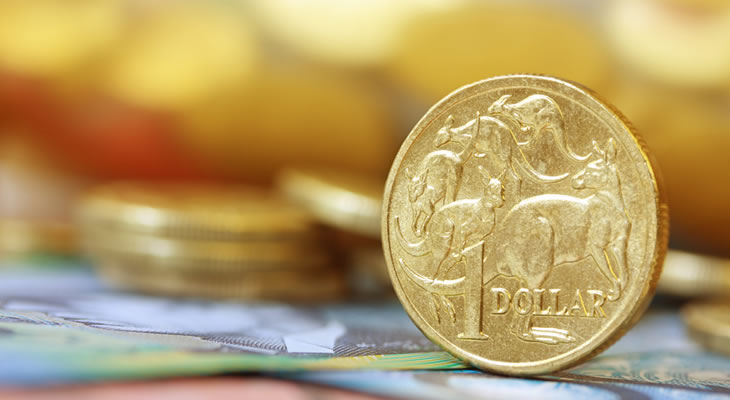Pound Kept Weak as Markets Await Outcome of Hammond and Davis Trip to Germany
Update, 10/01/18: Chancellor of the Exchequer Philip Hammond and Brexit Secretary David Davis are in Germany today, hoping to persuade officials to consider a post-Brexit trade deal that would allow special considerations for the UK’s financial services industry.
The Pound Sterling to Australian Dollar exchange rate has slumped half a per cent as markets wait to see whether or not they have made headway.
Pound Sterling to Australian Dollar (GBP/AUD) Exchange Rate Stuck Flat after Yesterday’s Uneventful Cabinet Reshuffle Viewed as Highlighting Theresa May’s Weak Position as Prime Minister
Theresa May’s authority as Prime Minister is being questioned today, with her uneventful cabinet reshuffle highlighting her lack of political clout – a prospect that is weighing on the GBP/AUD exchange rate this morning.
The reshuffle had been touted as May’s most significant shakeup of senior government since the disastrous snap election that robbed her of her majority and left her reliant upon the backing of Northern Ireland’s Democratic Unionist Party (DUP) to hold onto power.
However, despite much pressure to sack or move key members of the Cabinet, the heavy hitters have all managed to retain their jobs, suggesting that the Prime Minister has failed to rein in the larger personalities surrounding her.
Notably, Boris Johnson remains as Foreign Secretary, despite numerous diplomatic gaffes, with the Prime Minister seemingly unwilling to remove him from the post due to his potential to challenge her for leadership of the Conservative party.
Could Waning Brexit Fears Return to Weaken GBP/AUD? Exchange Rate Turbulence Forecast after Prime Minister Fails to Demonstrate Political Clout
Theresa May’s latest move as Prime Minister has unsettled the markets, causing the Pound Sterling to Australian Dollar (GBP/AUD) exchange rate to stagnate on fears that the UK has been left in a vulnerable position heading into trade negotiations.
There’s a strong divide amongst the Cabinet regarding the UK’s approach to Brexit, with Boris Johnson and Michael Gove pushing for some form of ‘Hard Brexit’, while Chancellor Philip Hammond continues to advocate for a soft form of exit.
Markets are worried that with Johnson, Gove, David Davis, and Hammond unscathed, Theresa May has sent a clear signal to the EU that she lacks the authority required to negotiate Brexit and then push the final deal through Parliament.
The GBP/AUD exchange rate is therefore weakening on concern that the EU may be able to offer an unfavourable deal and then call the Prime Minister’s bluff after she has claimed numerous times the UK would rather walk away from the table.
Australian Dollar Fails to Capitalise on Pound’s Weakness as Government’s Iron Ore Price Forecast Weighs on AUD Exchange Rates
Although the Pound is weak and the latest Australian data has printed strongly, the Australian Dollar has been unable to take advantage of Sterling’s position and so the GBP/AUD exchange rate remains flat.
Buildings approvals data from November has shown a surge in activity, with month-on-month approvals climbing 11.7%, instead of showing a worsened decline from the -0.1% seen in October to -1.3% as predicted by economists.
Year-on-year, approvals are up 17.1% – a far cry from the forecast slump from 17.5% to 4.6%.
However, yesterday’s forecast from the Australian government that iron ore prices will fall by -20% over the course of this year continues to dampen appetite for the Australian Dollar.
AUD Exchange Rate Hits Ceiling as Markets Await More Clarity regarding US Federal Reserve Monetary Policy Forecast
Additionally, the Australian Dollar continues to trend around an eight-week high versus Pound Sterling, and markets are reluctant to push it much higher, especially as the US Federal Reserve could soon opt to hike interest rates again, which would see demand for AUD tumble.
Some disappointing data towards the end of 2017, combined with a more cautious-than-expected set of policy communications from the Federal Open Market Committee (FOMC) gave the Australian Dollar some breathing room.
Markets began to expect that the pace of the Fed’s normalisation would slow in 2018, but the fact that President Donald Trump has finally been able to secure approval for his drastic tax reform plans – which are forecast to deliver a boost to the US economy – is likely to make the Fed rethink any diversions it may have been feeling.
The fate of the Australian Dollar is therefore uncertain until it becomes clearer whether the March monetary policy meeting is likely to see US borrowing costs increased again.


Comments are closed.